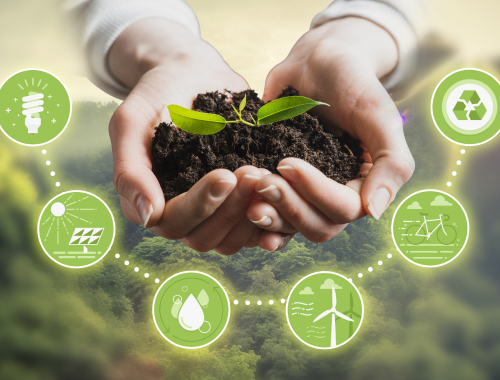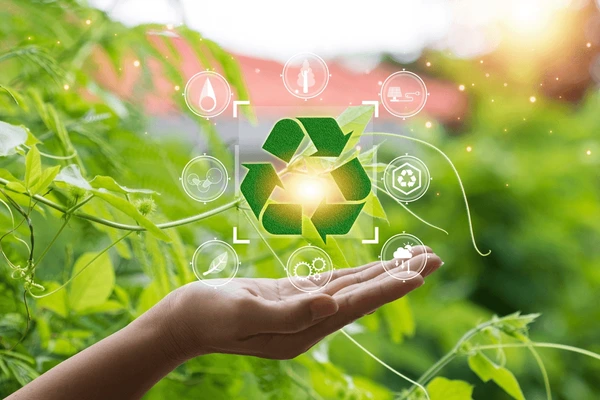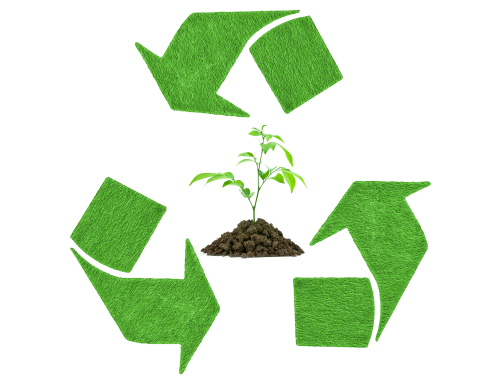
Introduction:
Waste-to-energy (WtE) is a concept that plays a crucial role in conserving resources by converting waste into valuable energy. With the increasing global waste generation, sustainable waste management solutions are of utmost importance. This article aims to explore the historical background, key concepts, and various benefits associated with WtE, along with its current trends, challenges, and future outlook.
Historical Background:
WtE has a rich history, dating back to ancient civilizations where waste was used as a source of heat and light. Over time, WtE has evolved in response to environmental concerns and resource conservation. Early applications of WtE focused on incineration, but advancements in technology have introduced other methods like anaerobic digestion, gasification, and pyrolysis.
Key Concepts and Definitions:
WtE encompasses various technologies used to convert waste into energy. These technologies include incineration, anaerobic digestion, gasification, and pyrolysis. Resource conservation is a fundamental concept related to WtE, as it helps preserve valuable resources by utilizing waste as a source of energy. Terms like renewable energy, circular economy, and waste hierarchy are also integral to understanding WtE.

Main Discussion Points:
Environmental Benefits of WtE:
WtE plays a vital role in reducing greenhouse gas emissions by diverting waste from landfills, where it would otherwise decompose and release methane – a potent greenhouse gas. Advanced emission control technologies employed in WtE facilities help minimize air pollution, contributing to improved air quality. WtE also promotes sustainable waste management practices by offering a reliable solution for waste disposal.
Resource Conservation through WtE:
WtE offers significant benefits in terms of resource conservation. By generating energy from waste, WtE reduces the dependence on fossil fuels and conserves natural minerals. Furthermore, the process of WtE allows for the recovery of valuable materials, such as metals and plastics, which can be repurposed or recycled. Energy recovery, a key aspect of WtE, ensures the efficient utilization of waste to conserve resources.
Economic Benefits of WtE:
WtE not only contributes to environmental sustainability but also offers economic advantages. It creates new job opportunities and stimulates local economies through the establishment and operation of WtE facilities. Moreover, WtE proves to be cost-effective compared to other waste management methods, reducing the financial burden on communities. Furthermore, the energy produced by WtE facilities can be sold, providing a potential revenue stream.

Case Studies or Examples:
Several successful WtE projects showcase the contribution of this technology to resource conservation. For instance, the Laogang WtE plant in Shanghai, China, processes over 10,000 tons of waste daily and generates electricity for approximately 100,000 households. In Sweden, the country’s WtE initiatives have led to the near-elimination of landfilling. These examples highlight the environmental and economic outcomes achieved through WtE.
Current Trends or Developments:
Advancements in waste sorting and pre-treatment processes are improving the efficiency of WtE technology. Integration of WtE with renewable energy systems, such as solar and wind power, further enhances its sustainability. Ongoing research and innovations in the field of WtE hold the potential for significant implications in resource conservation, paving the way for a more sustainable future.
Challenges or Controversies:
Emissions from WtE facilities raise concerns, emphasizing the need for stringent environmental regulations. Balancing WtE with other waste management methods, like recycling and composting, can also be a challenge. Public perception and acceptance of WtE may face opposition and controversy, necessitating transparent communication and engagement with communities to address concerns.

Future Outlook:
WtE is expected to play a crucial role in waste management and resource conservation in the future. Advancements in WtE technologies, such as improved waste sorting and treatment processes, will enhance its efficiency and effectiveness. Government policies and support will be instrumental in promoting and expanding WtE initiatives, encouraging sustainable waste management practices and resource conservation.
Conclusion:
Waste-to-energy presents a sustainable solution for resource conservation and sustainable waste management practices. By converting waste into valuable energy, WtE reduces greenhouse gas emissions, conserves resources, and offers economic benefits. Real-world examples, ongoing developments, and future prospects highlight the significance of WtE in addressing global waste challenges and promoting resource conservation.




